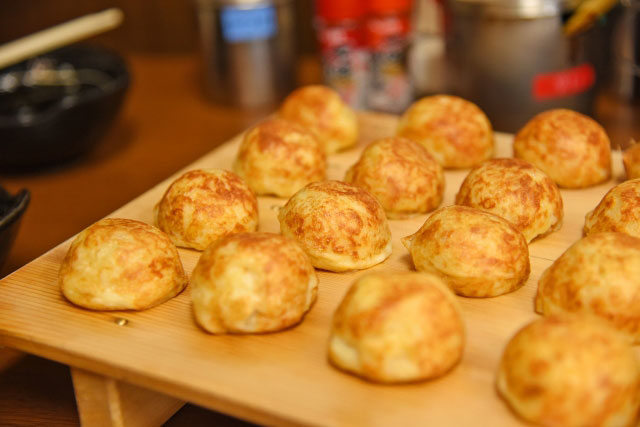Month: December 2017

A Food Lover’s Tour of Japan – Hyogo and Akashiyaki
Read more: A Food Lover’s Tour of Japan – Hyogo and AkashiyakiIn the western part of Japan’s Honshu Island, Hyogo Prefecture encapsulates the beauty and grandeur…
Japanese Drinks – Amazake!
Read more: Japanese Drinks – Amazake!Ahh, December. The end of the year is full of festive indulgences. Parties, decadent foods…
Mele Kalikimaka
Read more: Mele KalikimakaWhen I was a kid growing up in Hawaii, Christmas was always depicted with Santa…